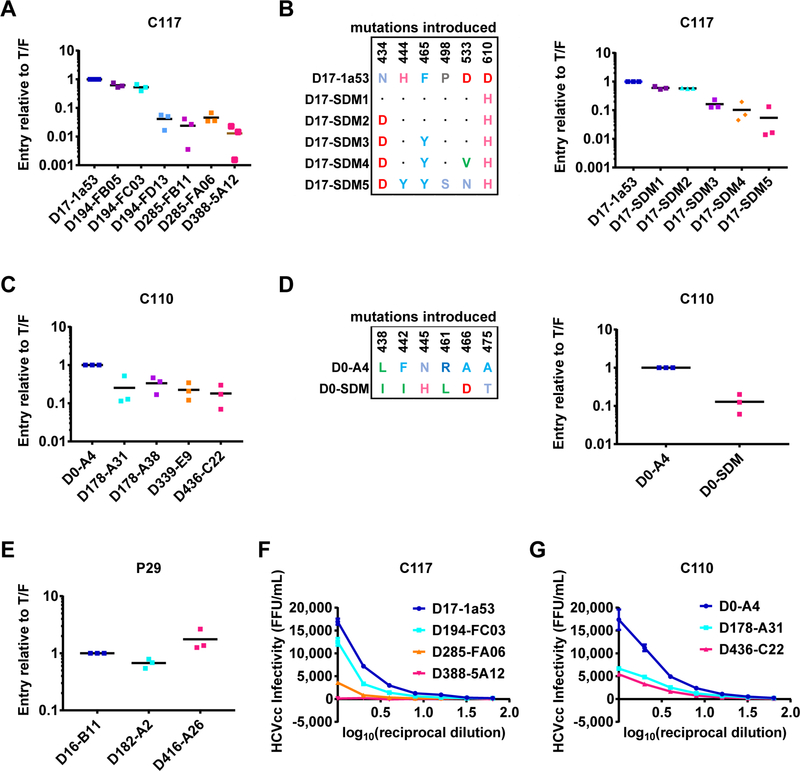Figure 5. Naturally selected HEPC3 and HEPC74/43 resistance substitutions lead to progressive loss of viral fitness.
Relative entry into hepatoma cells of HCVpp expressing: (A) Longitudinal natural C117 E1E2 strains (B) C117 D17 E1E2 before and after introduction by site directed mutagenesis (SDM) of the substitutions that arose outside of HVR1. Substitutions present in each SDM are indicated, with homology to the D17 sequence indicated with a dot. (C) Longitudinal natural C110 E1E2 strains (D) C110 D0 E1E2 before and after introduction by SDM of polymorphisms present in the front layer and VR2 of Infxn 2 viruses. (E) Longitudinal natural P29 E1E2 strains. HCVpp entry values were normalized to the entry of the chronologically earliest strain from each subject. Each symbol represents an independent experiment. Horizontal lines indicate means. (F-G) Infectivity of serial dilutions of chimeric replication competent cell culture virus (HCVcc) expressing longitudinal C117 (F) or C110 (G) E1E2 strains, measured as focus forming units/mL (FFU/mL) in Huh7.5.1 cells 48 hours after inoculation. Values are normalized for input HCV viral copy number. (See Fig S6 for second independent experiment). All assays were performed in duplicate, and values are means +/− SD.

